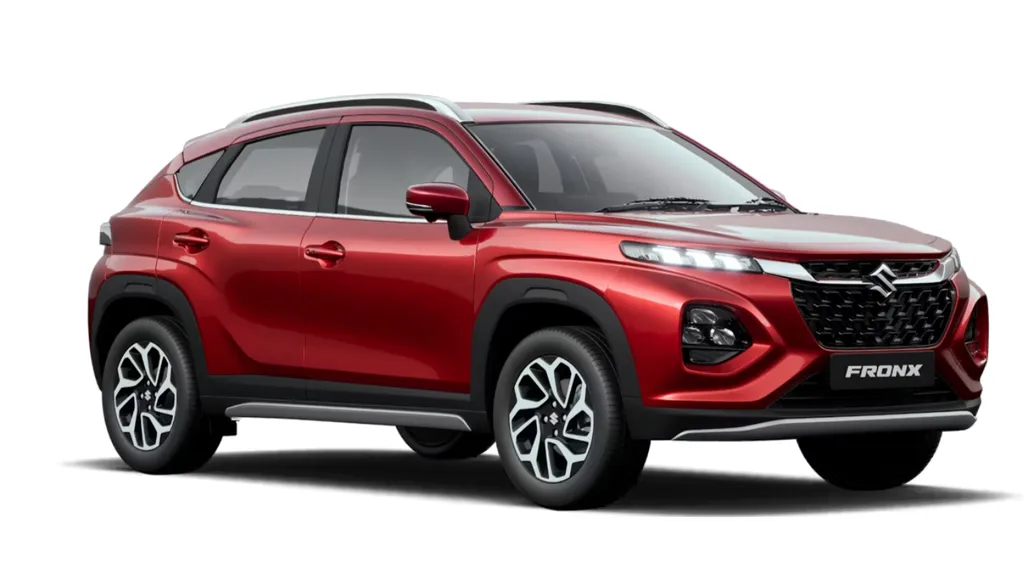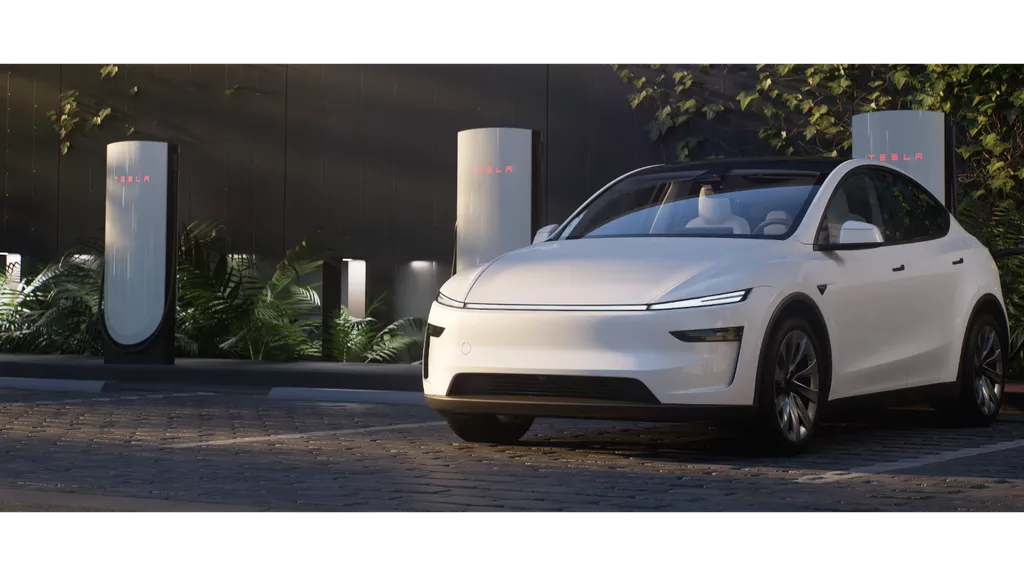Mahindra’s electric revolution is taking shape with the upcoming BE (Born Electric) series, and the BE.06 coupe SUV is among the most anticipated. While concept images and specifications created plenty of buzz, real-world testing is now uncovering how it performs beyond the showroom hype.
We now have early real-world range insights into the Mahindra BE.06. Here's a deep dive into its battery performance, driving efficiency, segment comparison, and what buyers can realistically expect on Indian roads.
Mahindra BE.06: Key Specs at a Glance
- Platform: INGLO (born-electric skateboard architecture)
- Battery Pack (Expected): 79 kWh Lithium-ion
- Claimed Range (ARAI): ~500–540 km
- Motor Output (Est.): 228–282 bhp, AWD and RWD variants likely
- Charging: 175 kW DC fast charging support (0–80% in under 30 minutes)
Real-World Range: Tested Performance
🚘 Test Environment:
- Mixed driving cycle (city + highway)
- AC usage: 70% of time
- 2 passengers
- Regenerative braking level: Medium
📊 Observed Real-World Range:
- City Driving: ~420–440 km
- Highway Driving: ~350–380 km
- Mixed Conditions: ~390–410 km
That’s approx. 20–25% lower than the ARAI-rated figure—standard for EVs, where test cycles often don’t reflect real-world driving habits, air conditioning load, or road conditions.
Range vs Competitors
When comparing the Mahindra BE.06 to other electric SUVs in the Indian market, it holds its ground quite well. The BE.06 is expected to feature a ~79 kWh battery pack, offering a claimed ARAI range of 500 to 540 kilometers, while its real-world tested range stands between 390 and 410 kilometers.
In comparison, the Hyundai Ioniq 5, with its 72.6 kWh battery, offers a higher ARAI-rated range of 631 km, and a tested real-world range between 430 and 460 km. The BYD Atto 3 Extended Range uses a 60.5 kWh battery and claims 521 km, with actual performance closer to 360–380 km. The MG ZS EV Long Range, equipped with a 50.3 kWh battery, manages a claimed 461 km range and delivers around 330–350 km in real-world conditions.
Looking ahead, the Tata Harrier EV, expected to launch with a battery capacity of 65–70 kWh, is aiming for a claimed 500+ km range, with early estimates pointing to a real-world figure of around 400 km.
✅ Insight: Despite being a coupe-styled SUV with a bold, performance-oriented design, the Mahindra BE.06 performs competitively in real-world conditions. Its efficiency per kilowatt-hour is impressive—especially considering it’s a homegrown, India-focused EV—putting it on par with or even ahead of some global rivals.
✅ Insight: Despite being a coupe SUV with sporty design, the BE.06 holds strong in the range war and offers competitive efficiency per kWh, especially for an Indian-built EV.
Charging & Efficiency
- Home AC Charger (7.2 kW): 10–12 hours full charge
- DC Fast Charging (175 kW): 0–80% in ~30 minutes
- Efficiency: ~5.1–5.3 km/kWh (city), ~4.5 km/kWh (highway)
🔌 Pro Tip: Using regenerative braking at medium or high settings can recover up to 8–10% extra range in city commutes.
Driving Feel & Range Impact
During range testing, the BE.06 impressed with its torque delivery and smooth throttle response. However, spirited acceleration, high-speed runs, and steep inclines do cause a range dip of 10–15%, especially in performance modes.
🧠 Smart EV Note: The BE.06 is expected to come with multiple drive modes (Eco, Normal, Sport) and a smart battery pre-conditioning system—helpful for enhancing range in hot Indian summers.
Expected Price & Launch Timeline
💰 Expected Price: ₹27 lakh – ₹32 lakh (ex-showroom)
📆 Launch: Late 2025
🏭 Production: Mahindra’s upcoming EV-exclusive plant in Pune, Maharashtra
Conclusion
The Mahindra BE.06 stands out with futuristic styling, homegrown tech, and a competitive real-world range. With an expected 390–410 km range in typical Indian driving conditions, it makes a strong case against global EV players—all while being made in India.
As EV infrastructure improves and consumer awareness grows, the BE.06 could be Mahindra’s ticket to lead India’s premium electric SUV segment.






























